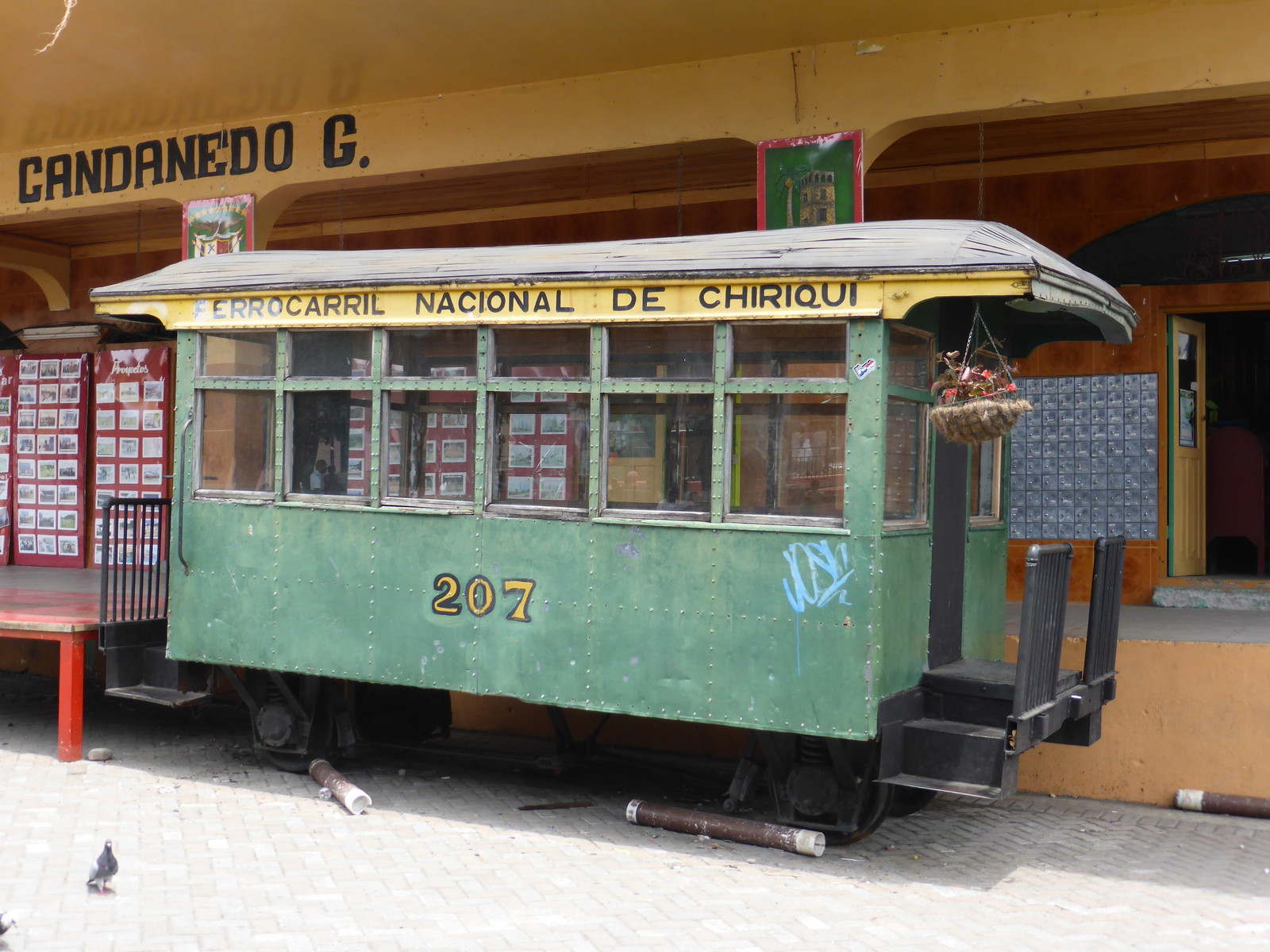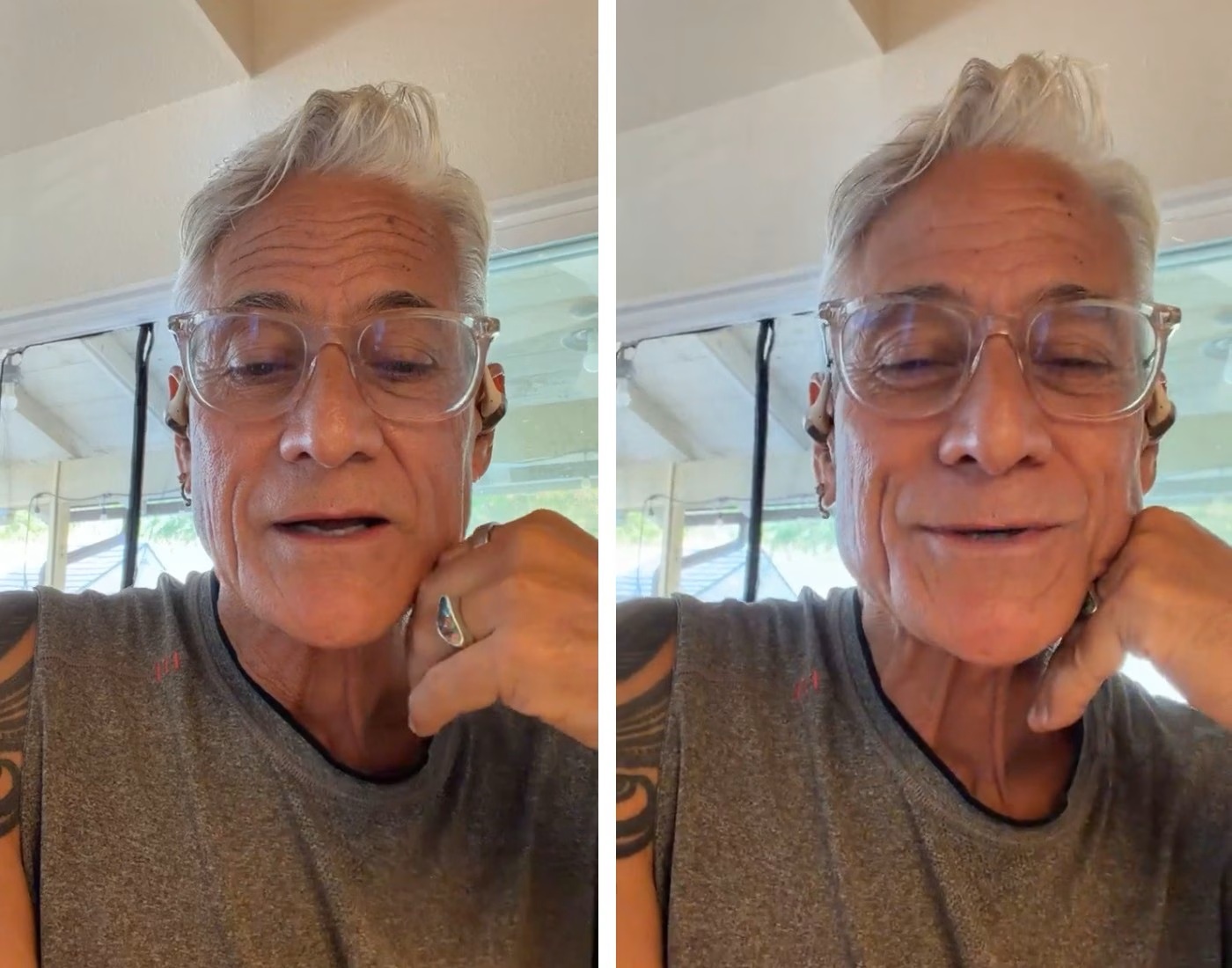WORLD VIEW: Time to spread the wealth

There was a time in America when spreading the wealth was instrumental in the nation becoming an economic powerhouse. In this age that sees money and assets tightly controlled in the hands of the few, it’s time to revisit that philosophy
By Marina Gorbis
SINCE its founding, the United States has faced a continuing dilemma around the distribution of wealth. On the one hand, allowing some concentration of capital in the hands of a few leads to investment and economic growth. On the other hand, spreading some of the wealth helps maintain a cohesive and functioning democracy.

As early as 1785, Thomas Jefferson described this dilemma in a letter to James Madison: “The property of this country is absolutely concentrated in very few hands … I am conscious that an equal division of property is impracticable. But it is not too soon to provide by every possible means that as few as possible shall be without a little portion of land. The small landholders are the most precious part of a state.”
Today, we feel this dilemma acutely, and it is urgent that we restore the balance between wealth accumulation and distribution, between economic growth and economic equity. The Institute for the Future’s framework of universal basic assets (UBA) offers an approach for doing so. UBA identifies a fundamental set of “resources,” or assets, we believe are essential to having sustainable livelihoods. Such assets include everything from money to education, health coverage, and housing – things that people can use and leverage to generate greater economic prosperity for themselves and their families. We focus on three broad classes of assets: private – things like money, land, and housing; public – infrastructure and services like education, health, public utilities, etc.; and open – or a growing category of mostly digital assets that are communally created and open to everyone – think Wikipedia and other open-source resources.
The point of UBA is not to collectivize or seize and distribute resources, but to ensure that people are given opportunities to thrive in a rapidly shifting economy. It can serve as a guide for designing actions and policies aimed at widening access to such resources. For example, today most investment mechanisms give preference to those investments that provide substantial returns to a few, rather than fostering wider equity and asset ownership, thus exacerbating economic inequality. Venture funds promote investments that promise large returns to founders and a few initial investors. Bank loans follow similar patterns and flow to larger, established companies.
We must design policies and funding mechanisms to encourage capital flows to more distributive initiatives, such as cooperatives and employee stock owned companies. Even nonprofit platforms, such as Wikipedia or open-sourced artificial intelligence can give people access to valuable knowledge and tools. We can also give people ownership of their data so it can be used as an asset they themselves – rather than monopolistic platforms such as Google, Facebook and others – can leverage and capture economic value from.
If this approach sounds new or novel, it isn’t. In the early years of the American Republic, we achieved equilibrium by distributing land, which was the key resource, or asset, in those days. Passed into law in 1862, Abraham Lincoln’s Homestead Act granted any U.S. citizen or intended citizen the right to claim up to 160 acres of frontier land, or land that was in the public domain that they would cultivate. It not only gave the means of production to hundreds of thousands of people, but ensured development and cultivation of the new territories, enlarging the market for all citizens. The United States would not be what it is today without such an ingenious act of socio-economic engineering.
With the dawn of the Industrial Revolution, agricultural land was no longer key to economic viability for many. The book Citizen’s Share: Putting Ownership Back into the Democracy describes how a different kind of asset – jobs with guaranteed wages and all the ensuing benefits, such as pensions, equity participation, guaranteed vacations, health insurance and more – became a primary way to participate in the economy.
Economic transition
Today, we are in the midst of another economic transition – a transition reminiscent of the country’s shift from agrarian to industrial economy. Fewer people are engaged in formal full-time employment at companies that offer good wages and benefits, such as equity ownership, health insurance and retirement savings.
Instead, we see a growing number of people working as freelancers and in gig, seasonal, temporary and other types of nontraditional jobs. Think of Uber, Upwork, and Taskrabbit. Yes, some people working on those platforms benefit from the flexibility of such arrangements. But they are no longer stakeholders in the enterprises for which they work and most lack stability, social protections and benefits, adding to growing income disparities.
Stagnant wages
Abundant data points to this. While shareholder returns have been growing exponentially, wages and incomes have been stagnant. The number of people who own stock has been declining for the past 10 years and stock ownership has become increasingly unequally distributed. Ten percent of the population owns more than 80 percent of shares on the stock exchanges today. French economist Thomas Piketty and others have documented that economic returns are disproportionately accruing to asset holders (primarily owners of financial assets and land) rather than wage earners.
In fact, this has been true for a long time. Those with assets who can leverage them to generate more assets are the winners in the economic game. Two hundred years ago, these were large landholders, 50 years ago, they were top wage earners who were also equity owners in companies for which they worked. Today, our economy is more complex than it was during the settlement of the frontier or even when GM employed close to a million workers in well paying, stable jobs with expansive benefits, including stock ownership.
We are facing a new frontier, and just like our founding fathers, who thought deeply about how to distribute land, we must figure out the core assets people need in order to live good and sustainable lives now and in the future. The universal basic assets framework will help us restore a balance in our fractured economy, and guide us in reaching a new equilibrium between accumulation and distribution, and growth and equity.
Marina Gorbis is a futurist and social scientist who serves as executive director at the Institute for the Future (IFTF), a Silicon Valley nonprofit research and consulting organization.





